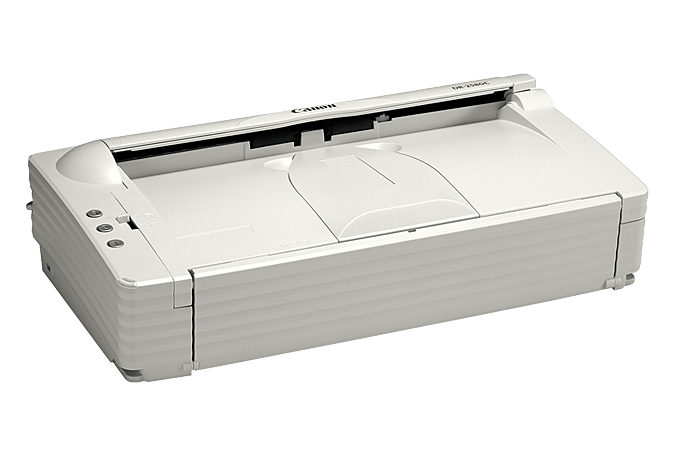

These weights are used to determine how much each bone affects the specified vertex (to smooth out joints, where things would otherwise tear/distort unnaturally). Vertices are associated with a set number of bones (typically no more than 4), with each association carrying a specified weight (the weights, in total, sum to 1.0). Bones have positions, relative to their parent positions. You have a root bone, and then all other bones are children of this, or other child bones (so it's a hierarchy, perfectly suited for structures in QC). Model Swapping is not a good idea (blending also uses this, and it's become a huge problem recently: some models have the same numbers of vertices, but they're in very different orders, which makes blends look wrong, and sometimes crash - there's not really a good solution for this, which is why I'm wanting to throw blending out (except for MD2, which is designed for this kind of use), and use skeletal only in the future.

It depends on the format - we'd be using fbx, so most of it should be sane.īones are sometimes named, but not always. I'm hoping someone well-versed in this stuff can jump in and make me look like an idiot :) I guess that's about all I've got/thought about thus far. an object would export a structure with poses/bone angles, and you could tweak those individually, and apply the changes to the mesh using the modified structure.) I'm not sure if that's still too clunky though (structures are cumbersome, but tools can be made to operate on those as necessary). Structures are probably the way to go for this (i.e. If you changed models, it would disconnect all your noodles, making the composition useless outside of the editor. I don't know if I'm a fan of using noodle inputs for skeletons, simply because different meshes will have different numbers of bones (And different constraints, once IK is factored in). So for that, I'd expect people to do bones/weights/poses in their modeler, and we'd just read that data and apply it. Perhaps there's a clean, clever way to do this which would change my mind, but as it stands, that's too "deep" for QC. I think editing skeletons/weights in QC would be far too tedious/clunky. (sort of tainting the stats here, but I'm very interested in this too, for a few reasons). But if this stuff was ever manipulatable in QC, it would open up a lot of possiblities - anybody else interested? It works well, although for blending I have to make sure each pose has the same number of vertices. So for animation I would do all of this in a 3d modeller, and then export each pose as a separate model file (or seperate objects within one model file) and then animate between them using the techniques demonstrated in Kineme3D examples. Obviously right now QC & kineme dont deal with any of this stuff.
Selection not working in cheetah3d Patch#
I tend to assume that the joint angles and positions should be exposed to the user as qc variables, and IK would be handled by a seperate patch that can be wired up to control the joints variables if people want to use IK to solve stuff? Likewise there are questions about how the bones are weighted to the model mesh, whether we can manipulate that in QC or just reply on people doing it in their 3d modeller.

Some questions that spring to mind about how best to handle this stuff in QC:Īre we bringing in the skeleton, bones, joints & even poses from the 3d model file, or will there be the ability to create bones from scratch within qc, or both? So it might be useful to watch for anybody unfamiliar with this stuff: Here is a video that introduces various animation methods within cheetah 3d, and it covers the simple creation of bones, joints, IK. My understanding of this stuff is quite simplistic really, Ive only dabbled, but the potential seems large. Do you currently use bones, joints & IK within any 3d modelling software? OK so for a start I would love to know who else is interested in this stuff.


 0 kommentar(er)
0 kommentar(er)
